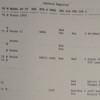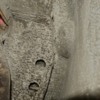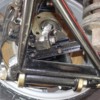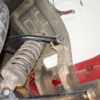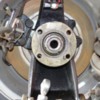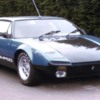Hi Folks,
I’m starting this thread to show an example of an early Pantera, and to hopefully shed some light of the history. It’s been sitting in my garage for too many years, but I’m slowly working against making it ready for the road again.
After owing it for so many years, knowing it’s history have become more interesting. What I know, is the long line of owners in Norway, but nothing before that. The look you see here is how it looked when I got it in 1996. After a major fire a previous owner had bought it as a wreck from the insurance company. There were rust to fix and lot’s of original parts were gone in the fire. Unfortunately I have no pictures nor details.
I’ll start out with a little story about the registry. My VIN is listed in the Bill Van Ess registry as being yellow and with an owner in USA. For long I was afraid there were two cars with the same VIN. I sent a letter (remember; 1996!) to a person with this name, but never got an answer.
Last year I had a visit from Chuck “Rocky” Huber and we had a chat about this. Luckily Chuck was able to make contact with the correct owner of this registry entry. Turned out that there was a mix of VIN’s between my Pantera and his Amerisport. The Amerisports have dual VIN’s. The Amerisport was sold several years ago, apparently after too much technical challenges. Chuck told me he would now like to have it back. It’s not listed in the Provamo registry.
Thank you Rocky, for solving this for me!
Attachments
Original Post


